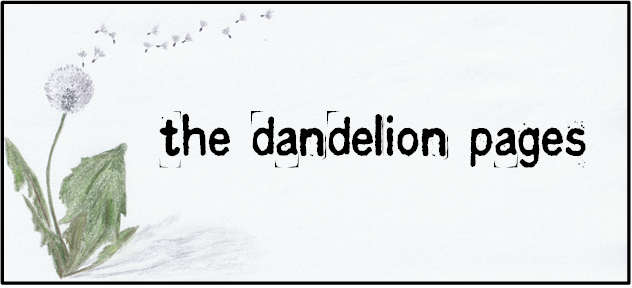
“Because it’s not real.”
My therapist’s expression softened. “That’s the great thing about imaginary places,” she said. “You can do anything with them. They’re not limited by realistic factors. You can kind of craft whatever you need and change it any time.”
I dug in my heels. “I need you to understand. I can’t dream up a place that isn’t already real. I have huge defense mechanisms against it. That’s probably what’s wrong. No fantasy. I’ve got to use a real place.”
“What happens if you try to imagine a safe space?” she asked.
I looked at her. She was watching my hands. I looked down at my hands and saw that I was compulsively gathering the corners of the Kleenex I was holding into perfect alignment, trying to fold it exactly right, putting it in order, mashing down creases. I looked back up at her.
“I have to tell the truth,” I said. “I can’t lie.”
She thought for a long moment, then said, “The problem with a real place is that it can change. Something can happen and then it goes from being a safe space you’ve built out to unsafe. You’re left without one. That’s why I feel apprehensive about you using it.”
“I understand,” I said. “I can think of spaces I would have chosen in the past that became sinister, even dangerous, because they were real and real things happened in them or around them.” I paused. “But for the time we’ll be working together, and from what I know about the frequency of reinforcement and the nature and likelihood of it all, this space is ideal. I want to use it. Please.”
“Okay,” she said. “Just be sure to let me know if anything at all changes.” She handed me the smooth metal balls that we settled on for bilateral stimulation during EMDR work. “So this exercise is what we do to build out the space. You’ll actually focus on the positive things about it. Instead of imagining them and strengthening that, find what it is about that room that makes you feel safe and protected, like you could retreat there from any attacker or terrible thing and be completely safe, able to catch your breath. So go ahead and be in the room, feel what that’s like.”
( …. be in the room. The house, the open space they made by relocating the staircase just so gatherings could happen. Sitting in the arm chair, looking at the hand-hewn rough timbers holding up the roof, forming the center pole, the foundation for floor boards above our heads, the loft. Looking at the kitchen, the gently ramshackle bathroom with a hook for a door knob, the island a shuffled mess of games and activities and toys for the several children who live here as part of an extended family. Looking at the bookcases stacked with some of the same science fiction books that P.J. has, not neat but stuffed and pulled from and put back in no particular order, the bookshelves of a rebellious and free-spirited librarian ….)
“How do you feel about being in the space?” she asked.
“I can see it all clearly,” I answered, which wasn’t an answer at all.
“Okay, try again. Go back into it and see how you feel when you’re there.”
( …. the chair beside a smaller bookcase, the one I always get to sit in. It’s a lower-set armchair, rounded, floral fabric and shabby and too big for me, and I can cross my legs and sit in it like a little girl and take everything in. Because it’s beside the bookcase and backed against the stair rail, it feels like it’s tucked away in a corner, and this …..)
“It makes me feel safe,” I said before she could ask me. “There’s a chair I always sit in, and it’s tucked just right, and from it I can see the door and everyone who comes in it, but I don’t feel trapped there. I feel like I never want to leave through that door, that I want to stay in the chair. Nothing bad can reach me there, no matter what comes in.”
“That’s interesting, and it sounds like a good space. Okay, so tell me more about what happens there and why it feels safe to you.”
( …. Kate with a toddler on her hip showing me how she braided her silvery hair to be like mine. Stu and Nathan watching each other as they pick out an old English traditional song and tune that each can barely recall, scratching it from their brains. Hannah smiling with her lips shut to hide a misgrown tooth but her smile is beautiful and she should just let it happen. Bobby’s grunge-metal guitar skills and charisma across from Steve’s hippie-leaning mild mannerisms and skillful ear. The choruses we all sing when the songs lend themselves to it, making us belong even if we don’t perform a song when our turn comes around. The chair, a safe place in the circle, an anchor, an entitlement, a bit of real estate, just enough and all one really needs ….)
“It’s chaos. There’s so much music and talking and in that chair, the chaos is around me but it can’t touch me. I promise you, it’s safe. It’s perfect for letting memories come through EMDR. No matter what shows up, that slipcovered arm chair can hold me. It’s worn with love and there’s a stain on the arm and it smells slightly of cat and dog and all that makes it real, so incredibly real. I could never dream up something so raggedly perfect. That chair tells the truth. I will sit in it.”





